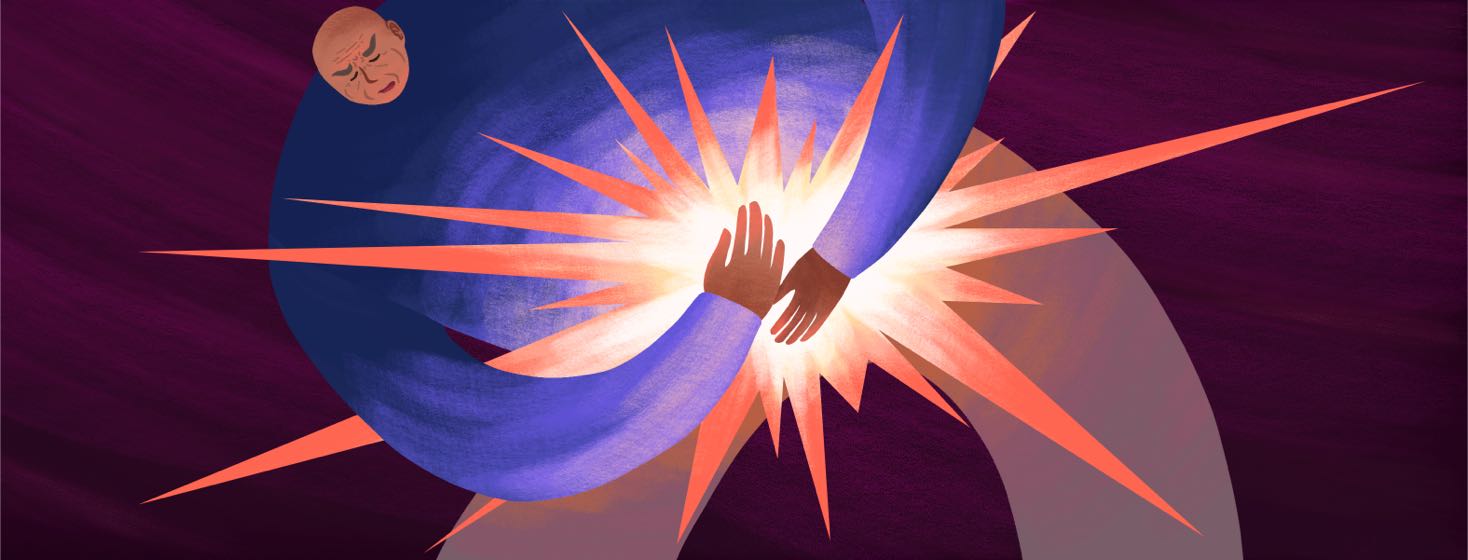What Happened? Peyronie's Disease and Prostate Cancer
About a year to 18 months following my prostate surgery, I began to develop some painful erections. Apparently, surgery combined with some form of plaque build-up was responsible. I was not aware of any pelvic trauma beyond the surgery. I never smoked, nor was I ever diagnosed with high blood pressure – all of which can potentially cause erectile issues.2,3
While Peyronie's is called a disease, I soon learned it is less a disease and more the result on how a penis heals with an injury.
Many men don't report it
My urologist was quickly able to figure out what was going on. A simple physical examination (even in a soft state) allows the physician to feel any buildup of plaque. Taking it a step further and to better understand the intensity of the curving, he used an ultrasound device to determine the exact location of the plaque and my blood flow levels.
I learned that many cases of the disease are not treated early on mostly due to "non-reporting" by men. What a shame.
A huge stumbling block
Here we have it again. Just what is it in the male psyche that prevents men from discussing any issue below the beltline with an MD? At the same time, get any group of men together in a social setting and after a few beers they freely discuss positive aspects of sex. Going into an MD to admit something is not quite right with anything remains a huge stumbling block for men.
Let me give you an example. Recently my wife and I went out to dinner with friends. When the other couple arrived, it was rather obvious the man had a large wrapping around his hand. We eventually learned he had accidentally driven a nail through it. Did he go to an MD? Nope, he just wrapped it up and went on working. If it was me, I would have been in the clinic in a minute.
Treatments for Peyronie's
So, moving forward, for men who finally decide it's okay walk into an MD office, you might wonder how Peyronie's is treated. There are 2 stages with Peyronie's: acute or chronic. At the first stage your penis can curve, there may be changes in length, and you may experience some pain. In stage 2, the curvature changes and pain have stopped.1
What are the treatments? One treatment protocol was a penile injection. I was treated with interferon. There are also oral drugs that may be used. Surgery may also be an option.1
Words to the wise: speak up early and save yourself a lot of grief. I did and had no regrets.

Join the conversation